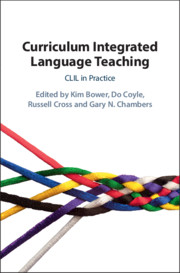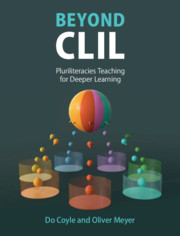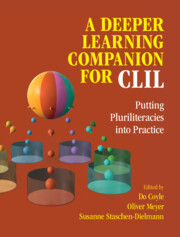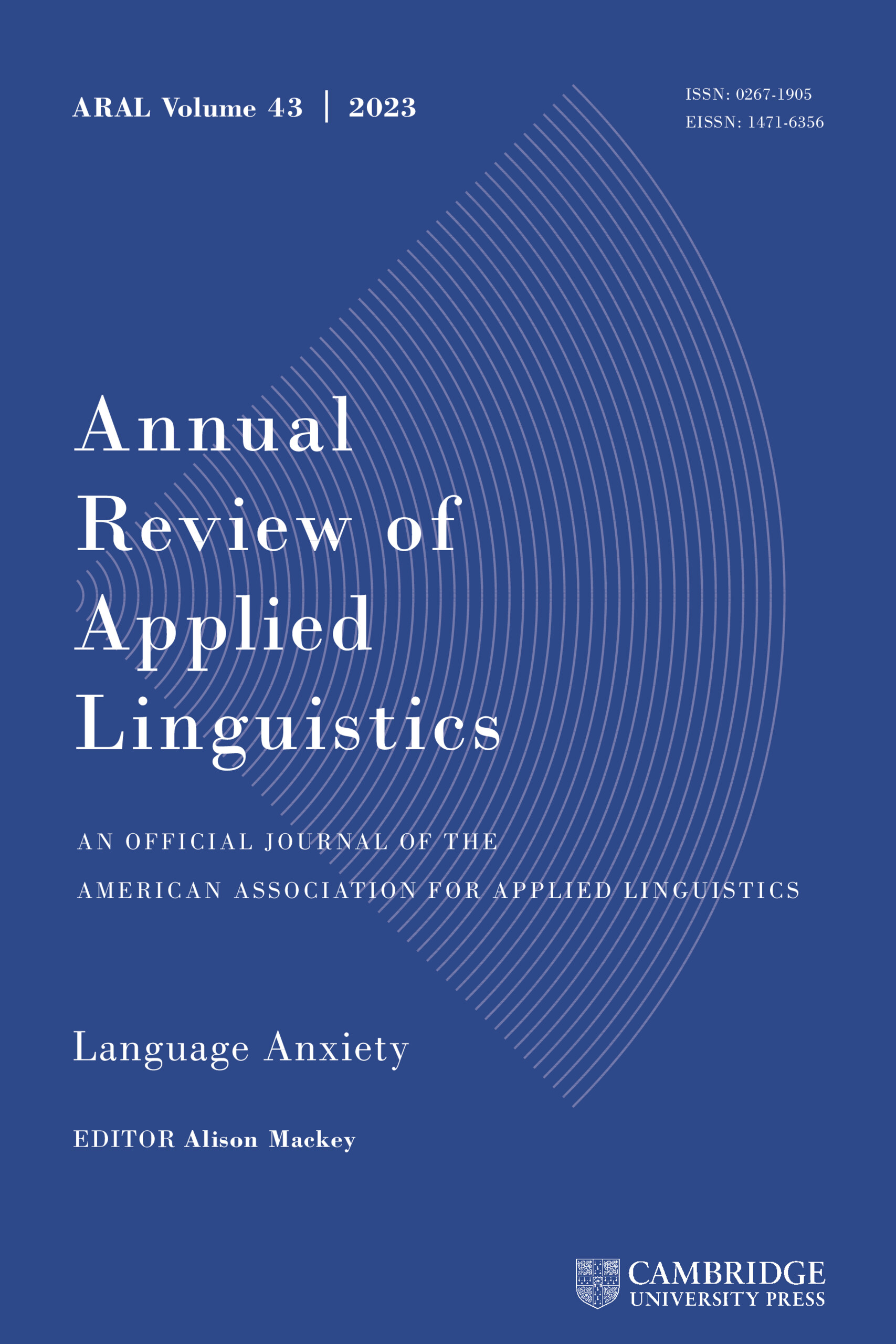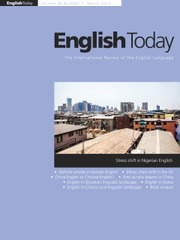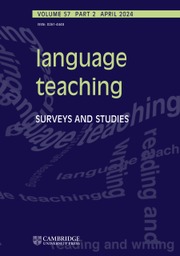Curriculum Integrated Language Teaching
Do your students struggle to see the point in learning a language other than English? Do you teach in an English-dominant setting? If so, this book is a 'must-read'. It offers international perspectives on CLIL, a revolutionary teaching approach where students study subjects, for example physics or history, in a language which is not their own. Informed by research carried out by the authors, it addresses the issues of developing CLIL in Anglophone contexts and shows how to implement this method of language learning successfully in the reality of the classroom. Through three key themes, sustainability, pedagogy and social justice, each author explores CLIL as a means of addressing the high levels of cultural diversity and socio-economic disparity in Anglophone-dominant settings. Authored by experts in the field, it offers a set of flexible teaching tools, which serve to combine language and content, ultimately enhancing the learning experience of students.
- Offers a range of perspectives and practices from across the world, giving readers insights into high-quality teaching and the teaching of language and content as a means of meeting the dynamic needs of learners in diverse educational contexts
- Focuses on the specific challenges of implementing CLIL in Anglophone-dominant settings
- Provides a holistic understanding of the value and benefits of language learning as part of students' total education experience
Reviews & endorsements
'This book is a timely guide for educators looking for ways to open their schools to the multilingual world of the 2020s, challenging the arguments for monolingualism prevalent in English speaking countries. The authors of the different chapters are all deeply involved in the world of CLIL as researchers and teacher educators, and with their varied backgrounds, provide both theoretical support and practical guidance.' Rachel Whittaker, Universidad Autónoma de Madrid
'This excellent book provides a valuable, much needed overview of CLIL, a construct which, despite its relatively short history, has developed and transformed in multifarious ways. By combining theory and research with rich examples of pedagogical practice, it reveals not only what CLIL can mean in different settings, but also what its potential is in a rapidly changing, plurilingual world. Where use of other languages is sadly far too often met with disinterest or even suspicion, this inspirational and boundary-crossing volume offers an agenda that can contribute to a more inclusive, enlightened future.' Terry Lamb, University of Westminster
'This volume explores CLIL in Anglophone countries, a welcome and timely shift in focus from English-medium CLIL to other instructional languages in English-dominant contexts. Its chapters cover an impressive range of key themes in CLIL, tied together by a clear and well-argued pedagogical understanding of what makes CLIL distinctive. This volume is an important contribution to the field, offering valuable insights for both CLIL teachers and researchers.' Tarja Nikula, University of Jyväskylä, Finland
'This engaging and accessible volume addresses a wealth of pressing topics associated with CLIL implementation. I consider it a vital resource for a range of stakeholders invested in helping CLIL realize its full potential, including teachers, teacher educators, educational researchers, program administrators, and policy makers.' Jason Martel, Associate Professor, TESOL/TFL, Middlebury Institute of International Studies, Monterey
'I am very impressed with this book, which clearly shows that CLIL is a complex, dynamic and adaptive system that can be used to teach language in a variety of contexts, including in Anglophone countries.' Shigeru Sasajima, President of J-CLIL (the Japan CLIL Pedagogy Association)
Product details
July 2020Hardback
9781108492812
264 pages
155 × 235 × 20 mm
0.5kg
15 b/w illus. 11 tables
Available
Table of Contents
- List of figures
- List of tables
- List of contributors
- Foreword Diane J. Tedick
- Preface
- Acknowledgement
- Part I. The Educational Context for CLIL:
- 1. CLIL in multilingual and English-background contexts: expanding the potential of content and language integrated pedagogies for mainstream learning Kim Bower, Russell Cross and Do Coyle
- 2. How can learners be motivated in a context of demotivation for foreign language learning? Kim Bower
- 3. A rationale for CLIL in primary schools Philip Hood
- Part II. Current Aspects of Practice in CLIL:
- 4. What pupils say about transition (KS2–3) and what this might mean for CLIL Gary N. Chambers
- 5. Diversity and transnationalism: the 'merged curriculum' approach in bilingual programmes in Australia Simone Smala
- 6. Three schools, three models: senior leaders' views about the value of CLIL in their school Kim Bower
- 7. Plurilingualism in the content and language integrated classroom: students' languages as resources in the CLIL context Margaret Gearon and Russell Cross
- Part III. New Knowledge/Future Directions:
- 8. Lessons to be learned: a professional development approach to curriculum planning in a multilingual school in Galicia Xabier San Isidro and David Lasagabaster
- 9. Supporting peer collaboration and social cohesion in multilingual classrooms: practical insights from content-based learning contexts Gabriela Meier
- 10. Exploring the potential of a pluriliteracies approach Do Coyle
- Afterword Russell Cross, Kim Bower, Do Coyle and Gary N. Chambers
- Index.

